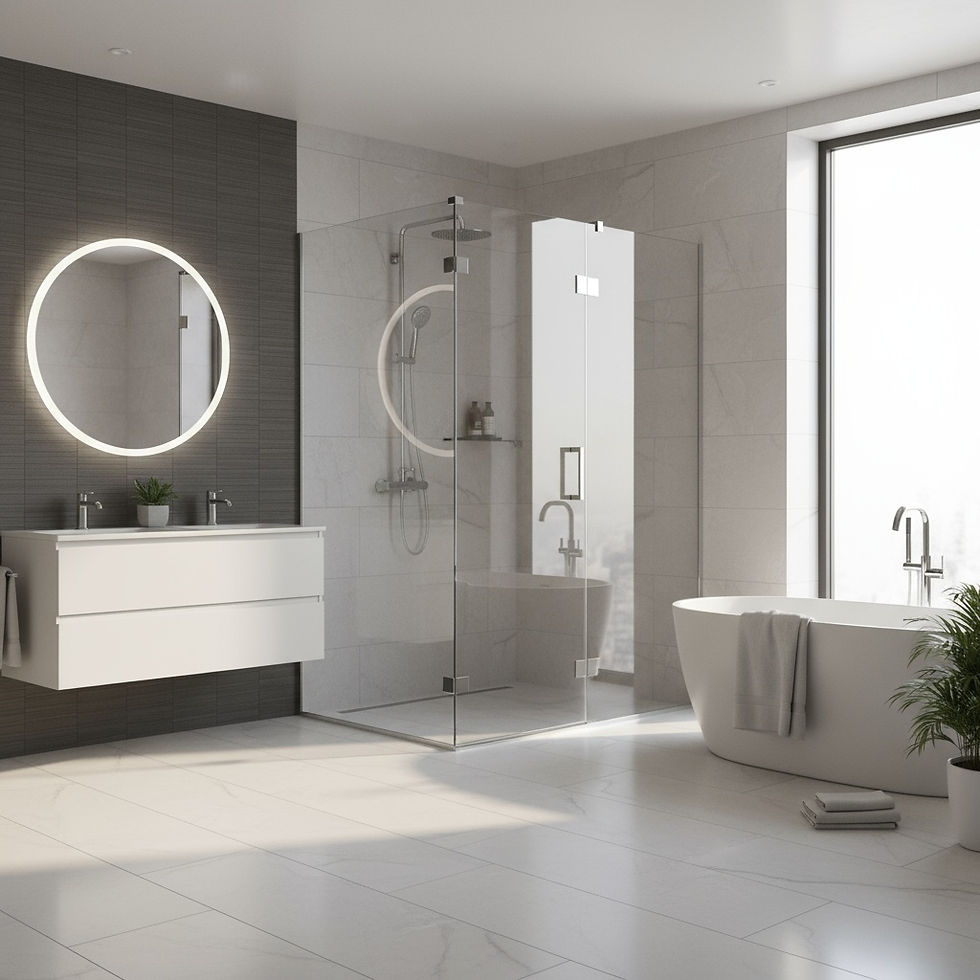How to Perform a Do-It-Yourself Home Energy Audit
- Jan 3, 2023
- 3 min read
If you’ve been considering making energy-efficient changes to your home, the first step is to do an energy audit. An energy audit is an assessment of how much energy your home is using and where it’s being used. Doing a DIY energy audit can help you identify potential areas of improvement that can save you money on your monthly utility bills as well as reduce your carbon footprint. Here are some tips to help you get started.
Gather Your Supplies
Before beginning your DIY energy audit, make sure you have all the necessary supplies on hand. You will need a flashlight, a thermometer, insulation tape or caulk, a screwdriver, and an extension cord with multi-outlet plug. It’s also helpful to have a notebook to record any findings during your audit.
Check for Air Leaks
The first step in performing a DIY energy audit is checking for air leaks around windows and doors. To do this, close all windows and doors in the room you’re assessing and turn off all fans or exhaust vents that could disrupt air flow near windows and doors. Use the flashlight to inspect each window and door for visible cracks or holes that may indicate an air leak. If you find any evidence of an air leak, use insulation tape or caulk to seal it up right away!
Assess Your Heating and Cooling Systems
Next, check the temperature settings on your heating or cooling system to make sure they are set correctly (most thermostats should be set between 68–72 degrees). Make sure all vents are open throughout the home and not blocked by furniture or drapery; if they are blocked, move them out of the way immediately so that your HVAC system can operate efficiently. Then take a look at any exposed ducts in the attic or basement—if they appear damaged or disconnected in any way then call an HVAC professional to come assess them further. Finally, replace any worn-out weather stripping around windows and doors that could be causing air leaks from outside air coming into your home.
Investigate Your Appliances
Finally, check each appliance for signs of wear or tear such as frayed cords or loose parts like screws; if you spot anything suspicious contact an appliance repair specialist right away for assistance in identifying possible problems with the appliance itself or its power source (e.g., plugs). Additionally, make sure that all appliances like washers/dryers are connected directly into outlets rather than through extension cords as this can cause excessive heat buildup which leads to higher electricity bills over time!
By taking the time to perform a do-it-yourself home energy audit yourself at least once a year (or more often if needed), you can save money on utility bills while also helping protect our planet's resources! Not only does this help keep more money in your pocket but it also helps reduce pollution from unnecessary emissions caused by inefficient appliances or faulty wiring/plumbing systems found during audits—so there really is no downside! So what are you waiting for? Get out there today and start auditing!
Thank you for considering us for your next project!
Serving #NorthBattleford, #Saskatoon and the surrounding areas, such as #Lloydminster, #MeadowLake, #Radisson, And #Biggar of #Saskatchewan, #Canada. We offer a wide variety of cabinets to suit your style and needs.
Quality workmanship, attention to detail, and excellent service.
#SilvesterGlass & Aluminum Products Ltd.
Providing crystal clear solutions since 1953.
1811 100 St, North Battleford, SK S9A 0X1 (306) 445-2052











Comments